Written by John Hertig on The Prepper Journal.
Editors Note: This is the first of a two-part article on silencers by John Hertig. Part 2 will be posted tomorrow. And don’t forget to vote in our current Prepper Journal Writing Contest!
Introduction to Silencers
You’re watching a movie. It’s dark, quiet, and the bad guy is creeping up on his victim. He pulls out a gun and a tube which he screws onto the barrel. He raises the gun and fires. “Pfft”. The victim slumps; nobody hears, nobody sees, the bad guy slips away into the shadows. “Cool silencer” you may be thinking “Man, I’d like to get me one of them.”
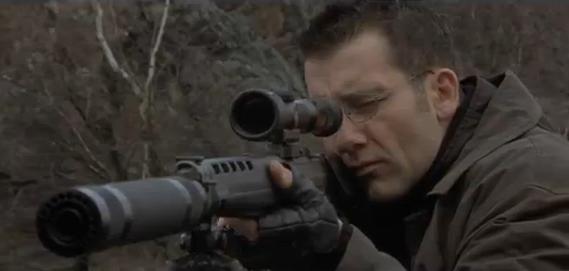
First off, I’m sorry to tell you that not everything you see in the movies is 100% accurate. In the case you just saw, the “silenced” sound you heard on the screen does not have a high degree of reality (or if you prefer, it’s a freaking lie). “Silencer” is a LEGAL term (because it is used in the laws regulating such devices), not a technical one (which describes what they actually do). The device in question does not “silence” the sound of the shot, it reduces it. The technically accurate term would be “sound suppressor” or more conveniently “suppressor”, or even “muffler” or “sound moderator”. If you continue to use the term “silencer”, everybody will know what you mean, and those with the common sense of a fruit fly will assume that the movie screen presentation of silencer capabilities is accurate. If you want to be thought to be “in the know”, use “suppressor”, or if you prefer, “muffler”; and those who don’t know what you are talking about can be educated. Or maybe not, but at least the opportunity is there.
Gunshot Sound Theory
When a gun is fired, there are actually four potential sources of sound.
First, and most obvious, is the sound of the explosion which is propelling the bullet. Explosions are loud and fairly identifiable as to location and cause. They are loud enough to cause hearing damage to those close by, and can annoy people at some distance. I’ll bet that the noise from guns being fired is the number one excuse used to close shooting ranges; it was for my old favorite. Personally, I feel that if a person builds a house close to a shooting range, it’s pretty low of them to then complain about the noise, but that’s the kind of world we live in and the kind of people we are bringing up to live in it. To paraphrase Star Trek, “the wants of the (whining) few outweigh the wants of the many”.
The purpose of a suppressor is to reduce the noise from the explosion to a level which is less harmful to anyone’s hearing and will reduce the annoyance to anyone within range. To see how effective this might be, we need to understand how sound level is measured. The scale used is in “decibels” or “db”. This is a “logarithmic” measurement, where a 10 db increase in sound level means the sound INTENSITY has been multiplied by ten. Oddly enough, to the human ear, it “sounds” only twice as loud. The general base for human tolerance is usually considered to be 70 db, about the noise level of a vacuum cleaner. Thus 80 db would be 10 times as intense (twice as loud), and might cause hearing damage if a person were exposed to it for eight hours. And 90 db, from a typical gas mower, would be 100 times as intense (four times as loud), and practically guarantees some hearing damage with eight hours of exposure. When sound level gets to 110 db, 10,000 times as intense, it can cause actual pain and damage much sooner than eight hours. This is the level of a car horn at three feet of distance. A sound level of 150 db can rupture eardrums. Of course, the intensity falls off with distance, so the further away the source of sound is, the lower the sound level at the point of measurement.
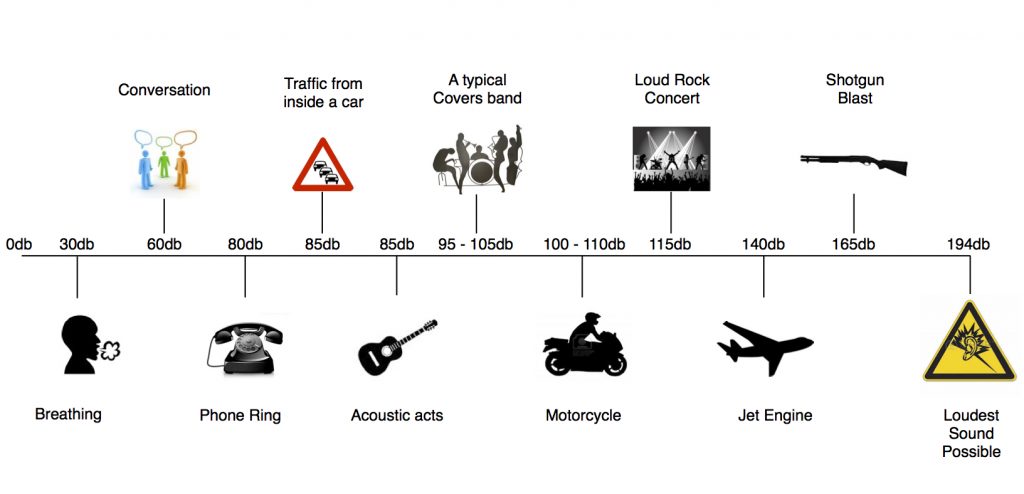
So the suppressor cannot “silence’ a gunshot, or completely prevent hearing damage from the loudest gunshots. If you are doing a lot of shooting of a loud caliber with a suppressor, particularly indoors, hearing protection is still a good idea, but for an occasional shot, a suppressor can be adequate to prevent noticeable hearing damage from all but the loudest calibers. Note that the previous “standard of measurement” for silencers was “1 meter left of the muzzle, 1.6 meters from the ground”. The distance from the ground was to include any ground reflection of noise at a typical standing position firing height. The military is or will be going to a new standard which makes more sense: 6 inches from the shooters ear closest to the sound source, usually the ejection port. This is a more useful measurement on the actual hearing safety provided by the silencer being tested; the maximum silenced sound level allowed for this measurement to be acceptable is 140 db.
Next, the bullet is ripping through the air, and the air doth protest. In fact, if the bullet is “supersonic” (traveling faster than the speed of sound, 1,125 feet per second at room temperature), it creates a traveling mini sonic boom. This is quite noticeable, and does define a line between bullet start and bullet end. This noise, by itself, is not nearly as dangerous or annoying as the original explosion, but even if that explosion were completely eliminated, this sound would still be obvious. The primary solution for this would be for the bullet to go real slow, but the slower the bullet, the less effective it would be. So the best compromise is “subsonic” ammunition; that which travels at just less than the speed of sound. There is still some noise of passage through the air, but no sonic boom.
In the case of ammunition which normally does not travel much faster than the speed of sound, say 1,200 fps, you can take it down to 1,000 fps (subsonic speed for a reasonable range of temperatures) and not lose all its effectiveness. In some cases, using ammunition with the heaviest bullet weight practical for that caliber is all that is needed, since the heaviest bullets tend to be the slowest version of each caliber. But when you take a caliber like .223, which is very dependent on its speed of up to three times the speed of sound, it becomes a very anemic round indeed. And there is another concern. In a semi-automatic action, the forces and/or gasses produced by the explosion operate the action to chamber the next round. Some of these subsonic loads don’t have enough oomph to do that, turning the semi-automatic into a non-ergonomic bolt-action. And in many cases, subsonic ammunition is significantly more expensive than “normal” ammunition. Take .223 again. I found a subsonic round which claims to be able to operate the action of an unmodified gun. The cost was over $50, and they did not say how many rounds were included for that price. If fifty rounds, than that is in line with other high-end .223 ammo. If it is the more common box size for rifle ammo of twenty, then that’s some pretty pricey shooting. And if when they say “each” they mean each round… Subsonic .223 which does not claim to cycle or even states it won’t cycle is in the $1 a shot range which a quality JHP or JSP round often runs, but is as much as four times the cost of the cheapest “ball” ammo of that caliber. On the other end of the spectrum, 22 LR “match” or “target” ammunition is actually already subsonic, and there are some decent looking subsonic labeled 22LR choices which are even less expensive.
If a particular sub-sonic ammunition will not cycle the action, it is possible that the gun could be modified to work reliably with that load. But then it might not work safely or well with other, more vigorous (normal) loads.
Speaking of the action, it is the third possible source of noise. Usually this is not a critical factor, but I read somewhere about one machine gun about which it is claimed the action alone produces 115 db. Fortunately, the noise produced by most actions is much more reasonable. A revolver would have less action noise than a semi-automatic, but there is a required gap between cylinder and barrel which allows enough gas to escape that net change in noise level would not be positive. The real way to eliminate action noise is to use a single shot, pump, lever or bolt action which could delay any noise or be worked slowly enough that the noise would be minimal.
Lastly, if the bullet impacts something solid, there will be a corresponding noise. This can be fairly obnoxious if the impact is on a steel plate, much less loud on wood, and fairly insignificant on dirt. Pretty much this is not a problem, unless you choose to shoot at steel targets, in which case this noise should be acceptable to you. In any case, it should be far enough away that there is no danger of hearing damage, as well as from bullet fragments. The only solution to target noise is to not shoot at things which make noise when hit.
Can You Get a Suppressor?
Probably, but it won’t be cheap, quick or easy.
Back in the thirties, when the country was reeling from the crime waves spawned by Prohibition, the people of the time (in particular President Franklin Roosevelt, who had just escaped an assassination attempt) attempted to get some control of the violence with the National Firearms Act. This poorly written monstrosity imposes a statutory excise tax on the manufacture and transfer of certain firearms and mandated the registration of those firearms. Aimed primarily at the “tommy guns” (Thompson Submachine gun AKA the “Chicago Typewriter”) and “sawed off shotguns” which were favored by the mobsters at the time, it contained the phrase “includes a muffler or silencer for any firearm whether or not such firearm is included within the foregoing definition”. This meant that the same $200 tax stamp required for transfer of a restricted firearm like a machine gun also had to be purchased in order to transfer a suppressor, and still does. In those days, $200 was pretty significant, over $3,600 in 2017 dollars, maybe “half the price of a Model A Ford” in those days. Fortunately, it was an amount set in the law, and today it is annoying rather than crippling. (HR 5103 is trying to up it to $500 with a built-in inflation increase.)
If you live in the eight states in which silencers are illegal under state law, or DC, sorry Charlie, no suppressors for you. These states are: Hawaii, California (of course), Illinois, Delaware, New York (also of course), Massachusetts, New Jersey and Rhode Island. Actually, none of these is a surprise. If you live in one of the other forty two states, check with your local laws to make sure they are no more restrictive than the state law on suppressors. Note: Minnesotans, HF 3022 would add your state to the list of those which prohibit suppressors, as well as impose many other severe firearm restrictions.
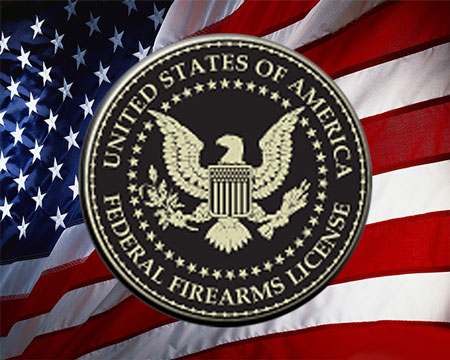
Your next step is to find a nearby licensed dealer of suppressors (and other NFA firearms). It has to be in the same state as your residence, and fairly close by, as you will be visiting it at least a couple of times during the process. You are looking for a FFL (Federal Firearms License) holder who has paid a SOT (Special Occupation Tax) to become a Class 3 (can sell and transfer NFA items) or Class 2 (can make, sell and transfer NFA items) dealer. If they don’t have a FFL and a SOT paid, they can’t (legally) sell a suppressor or transfer a suppressor to you and being caught with such an item will wreck your whole decade.
Once you find your dealer, either choose a suppressor they have in stock, or if you find one you like on the internet, arrange to have your suppressor sent to the dealer. In either case, you will pay for the suppressor “up front”. The dealer will provide you the forms you need to fill out and sometimes fill them out for you, needing only your signature. For executing a suppressor transfer, the dealer will likely charge you a fee; if you buy the suppressor from them, they may or may not charge you this separate fee. The more they do for you, the higher fee they deserve. One copy of the forms goes to the Chief Law Enforcement Officer (CLEO) in your area. The other two copies, with passport style photos and fingerprint cards, and the $200 transfer tax check, goes to the BATFE. They will process it (it could take three to six months or even more) and return the tax “stamp” for that suppressor to the dealer, who will call you to let you know you can pick up your suppressor. When you get there, you will fill a firearm transfer form just as if you were buying a gun. The background check is performed by the BATFE, so (usually) you won’t have to go through the “instant check”.
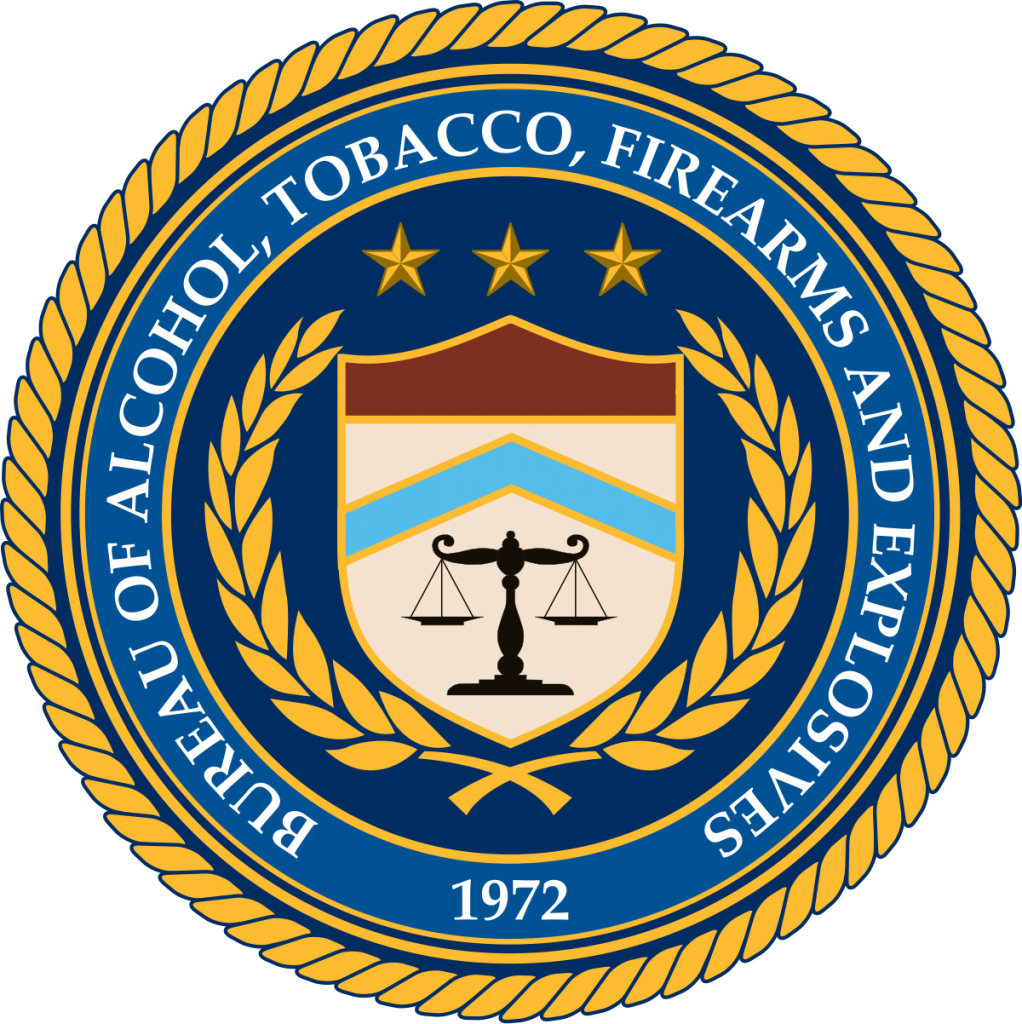
There are three entities which can have NFA items registered to them and from what I can find out, no NFA item is ever registered to more than one entity at a time (with each change having to go through the entire transfer process and cost).
An individual is the cheapest and easiest and least subject to error, but is also the most restricted and the approval tends to take longer. If the suppressor is licensed to you, as long as you are present, it is not a problem. Let us say you have it at home and your wife (or any other person) is there when you leave. If she has access to it, she could be charged with possession of an unregistered NFA item, fined, jailed and the suppressor confiscated. To avoid this, keep it in a locked safe which NOBODY ELSE has access to (or at least nobody else who will ever be in that location). If you want to loan it to someone else outside your presence or transfer it, the entire transfer time and process and $200 tax stamp would be required again. And yet again when/if it is returned to you. If you are declared temporarily or permanently unable to possess firearms, it is likely your suppressor would be confiscated. If you die, during the time of proper probate, the executor of the estate can possess the suppressor and transfer it to the beneficiary specified in your will or by law (with the Form 5, but without the $200 tax, yay), but if probate or transfer is not (correctly) done, it could be quite unpleasant. Furthermore, probate is a public process, so the suppressor and it’s beneficiary would be a matter of public record.
A corporation, partnership or LLC is an eligible entity as well. These generally require yearly maintenance (such as filing federal, state and local taxes and various public information reports) and some must be renewed on a regular basis, and there is usually a fee for renewal. Any authorized corporate officer may possess and use the suppressor, and approval is usually quicker than for an individual. But if you don’t renew on time or otherwise dissolve the entity, the NFA items held by the entity will have to be transferred to another entity and a new $200 tax stamp for each will be required. Unless the NFA firearms are used as part of the business, this would seem to be a poor alternative to individual ownership due to the complications if the owner(s) die or the business closes.
The last eligible entity is a NFA Trust, which like a corporation tends to have faster approval than an individual. This has a number of advantages. The Initial Trustee (the Settlor, the person who sets up the trust) has all the benefits of individual registration, and can add any number of Co-Trustees to the Trust who then have all the same access to the suppressor as does the Initial Trustee. Co-Trustees can be removed if needed. And the Settlor can set up Beneficiaries, who can inherit the Trust property, and Successor Trustees, who can take over if the Trustee and any Co-Trustees are no longer in the picture. If you are declared unable to possess firearms, the Co-Trustees can take possession of the Trust property, and when the declaration is resolved or expired, you can get the property back. There are only two downsides to this method. One is cost. A Trust is a legal contract, and lawyers are not noted for being cheap. It may cost $500 or more, even lots more, to have a lawyer set up your Trust. Alternatively, you can get some “do it yourself” Trusts off the internet or from some dealers for $150 or less. The other problem is that many lawyers providing these Trusts are not experts in firearm trust law and could provide you a Trust which gets you a suppressor but fails to be fully correct, leading to you or more often a Co-Trustee not legally possessing the suppressor. The same can be said for some of the DIY Trusts. A properly set up Trust can make your NFA involvement much easier. Being a Trust, the property (NFA items) possessed by the Trust does not go through probate, but directly to the Beneficiaries specified in the Trust, without the $200 transfer tax (the Form 5 is still needed), and will not be a matter of public record.
A NFA trust can contain any number of suppressors, as well as any other NFA items (such as Short Barreled Rifles) and even non-NFA firearms. You can make your own NFA items (no full automatics though), for your own use, as long as you make application for each in advance to the BATFE, and pay the $200 manufacturing tax.
Editors Note: Be sure to read tomorrows post completing the set on silencers.
Follow The Prepper Journal on Facebook!
The post Introduction to Silencers – Part 1 of 2 appeared first on The Prepper Journal.
from The Prepper Journal
Don't forget to visit the store and pick up some gear at The COR Outfitters. How prepared are you for emergencies?
#SurvivalFirestarter #SurvivalBugOutBackpack #PrepperSurvivalPack #SHTFGear #SHTFBag

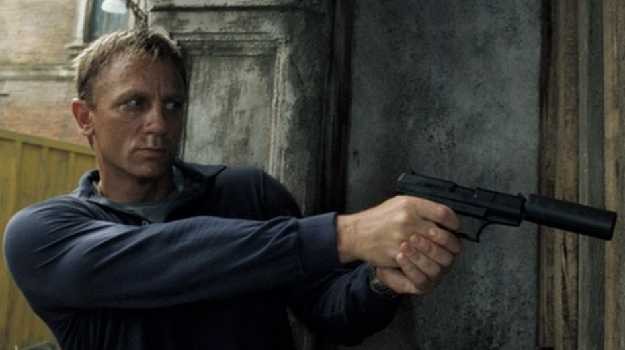
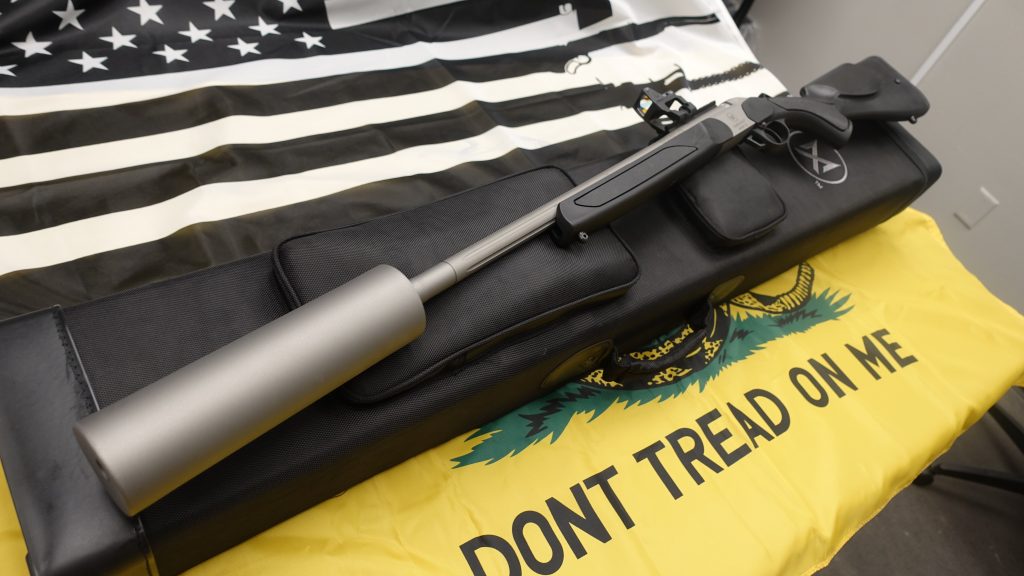
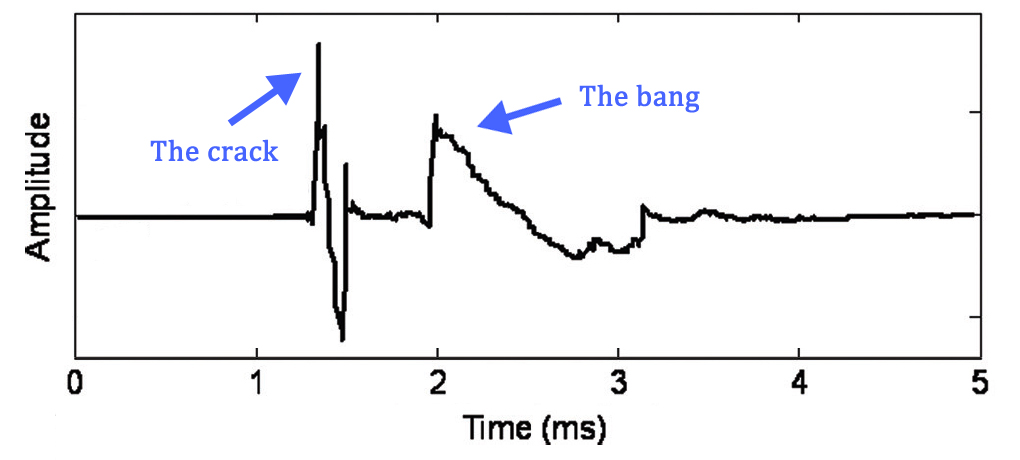
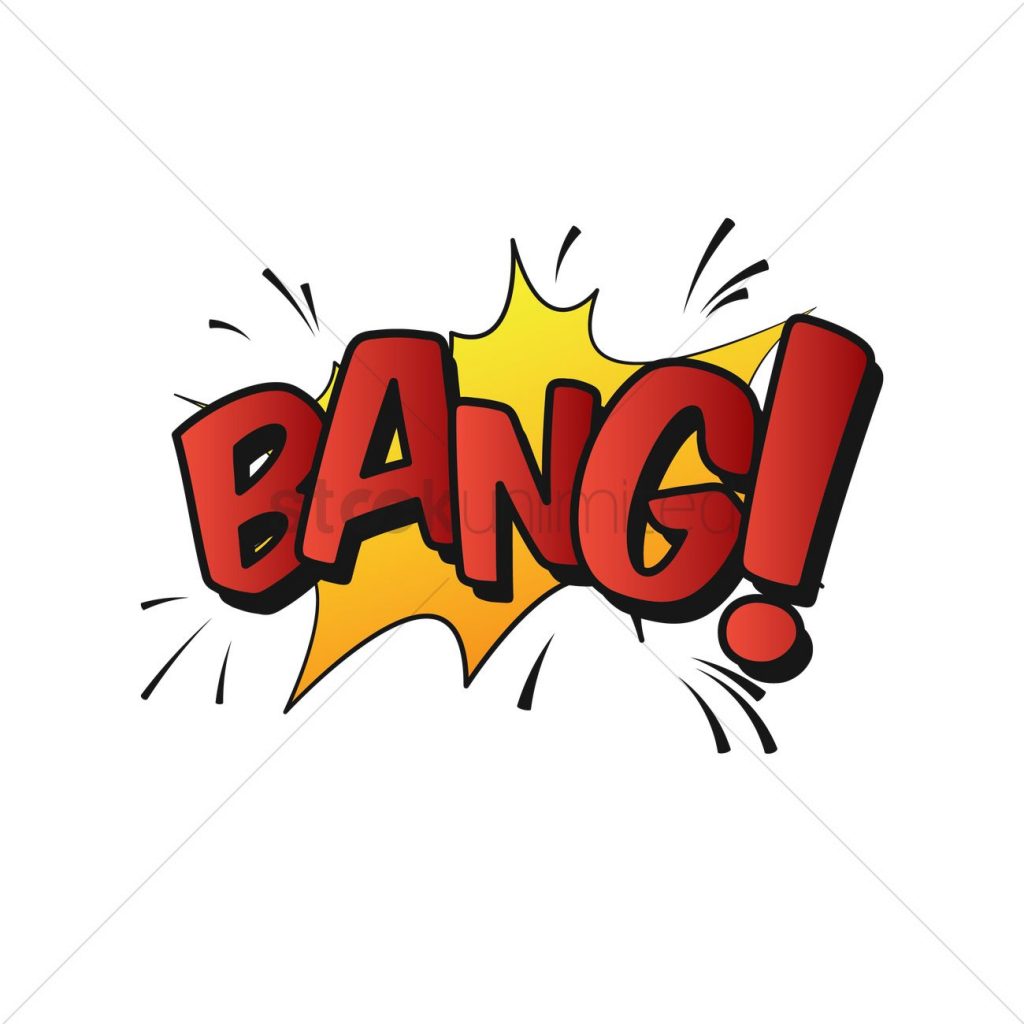
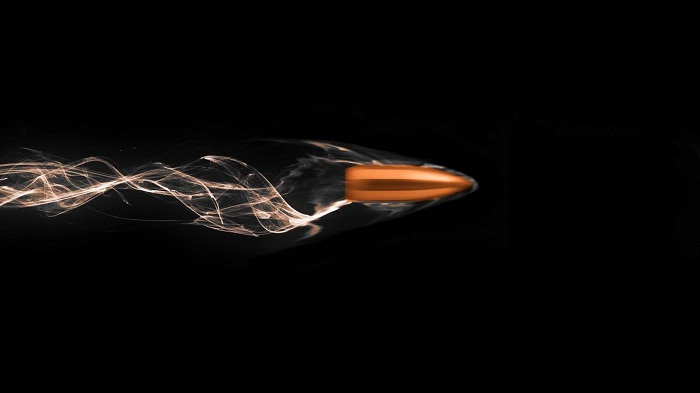
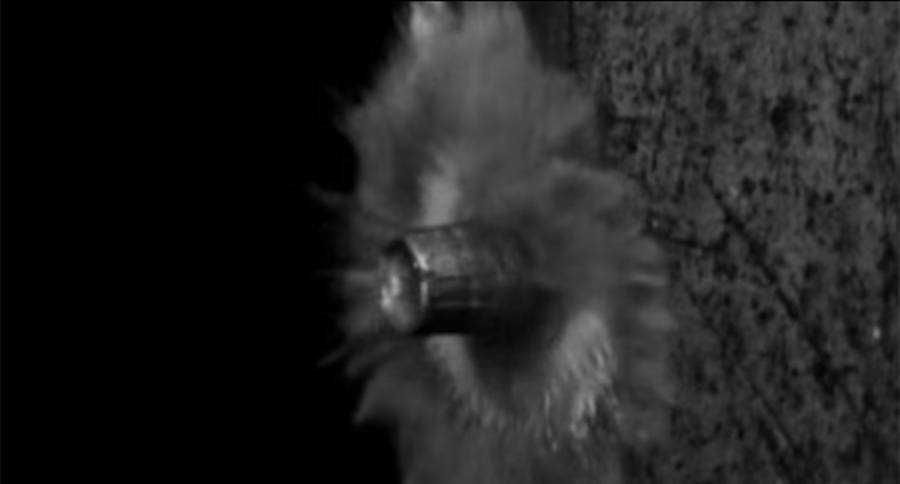

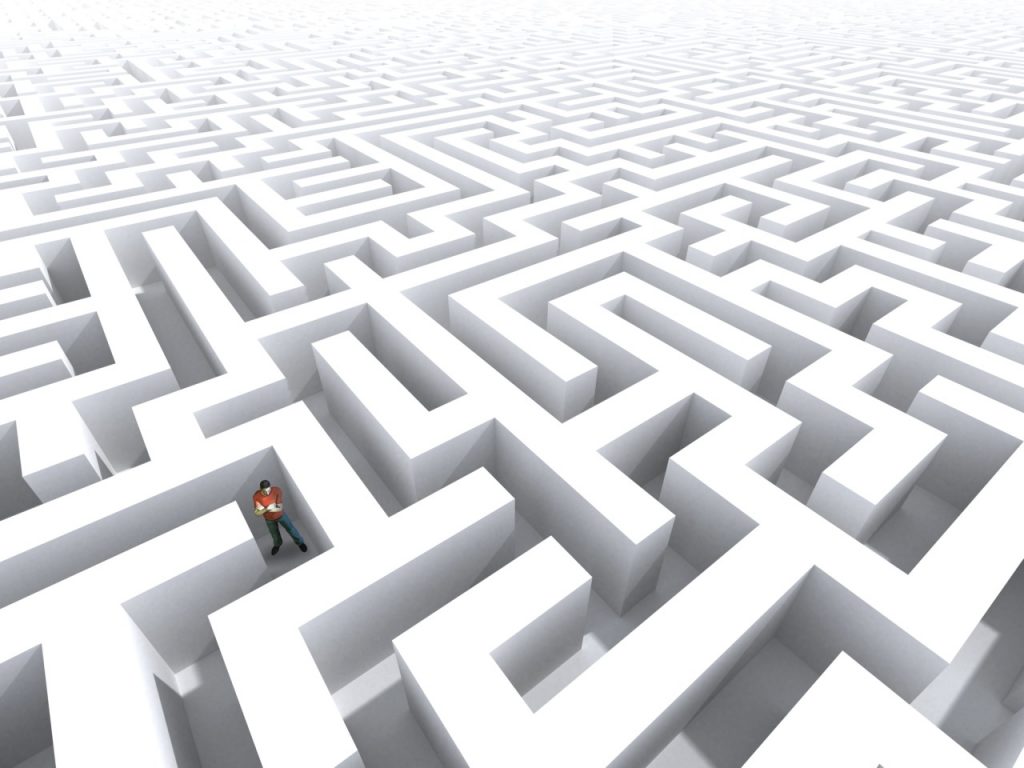

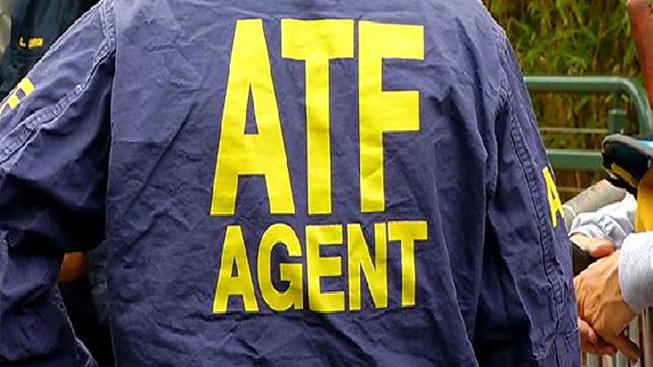
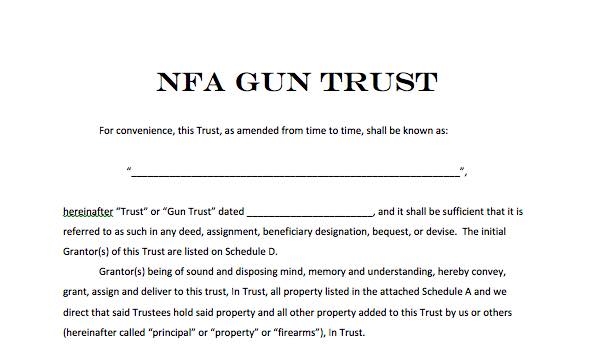
No comments:
Post a Comment